DOM.RF and SIBUR have agreed to implement joint projects in the field of housing and infrastructure construction aimed at reducing greenhouse gas emissions. The parties signed a corresponding agreement at SPIEF 2024.
Construction and the housing and communal services sector generate about 40% of global greenhouse gas emissions. Reducing this indicator is necessary to reduce the negative impact on the environment and the likelihood of catastrophic natural disasters. The goals of the agreement include improving the calculation of the carbon footprint of buildings and structures, engineering infrastructure throughout the entire life cycle, developing methodological approaches to climate projects in construction and housing and communal services, including taking into account the best practices of the BRICS countries.
“The polymers produced by SIBUR are actively used in construction, and this is a huge scope for the implementation of climate change projects in the housing sector and related infrastructure, the financing of which the DOM.RF group specializes in. By combining our experience in the ESG agenda, we plan to offer the market modern solutions applicable not only in Russia, but also in friendly countries,” said Artem Fedorko, Deputy General Director of DOM.RF, Chairman of the Board of DOM.RF Bank.
By the end of 2023, Russia has seen an increase in the consumption of basic polymers in all key industries. There is a high potential for the use of polymer components, including in construction and housing and communal services — currently the use of such solutions in the industry does not exceed 40%. For comparison: in Europe the figure is 85%.
“We are pleased to exchange expertise in the field of climate projects and the development of the construction industry, as well as the opportunity to contribute to the “greening” of the country’s housing in partnership with DOM.RF. Thanks to the use of polymer solutions, the volume of greenhouse gases from the construction and maintenance of houses can be significantly reduced. Thus, the use of polymer pipes reduces the carbon footprint of communications along the entire chain of their life cycle: from production to operation. And insulating facades with polystyrene foam boards reduces greenhouse gas emissions from the operation of buildings by 70%,” said Alexander Petrov, member of the board and executive director of SIBUR.





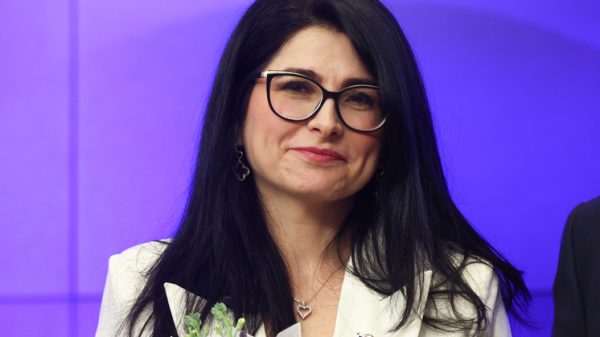





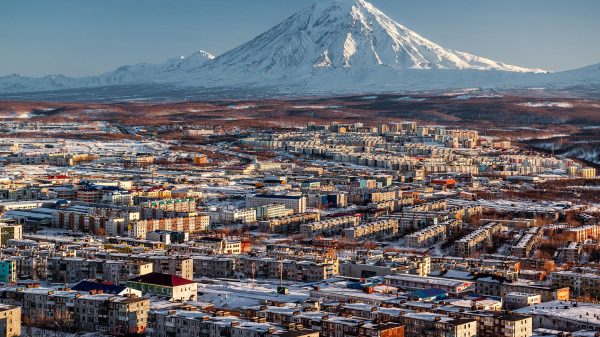


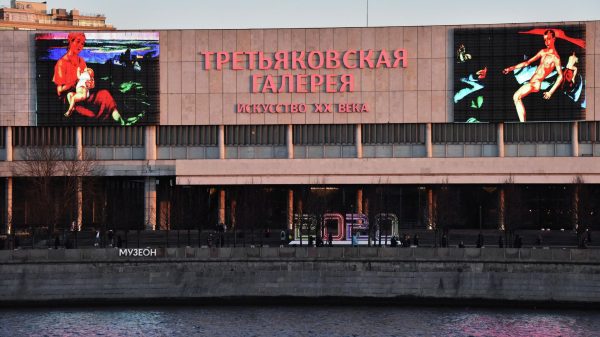














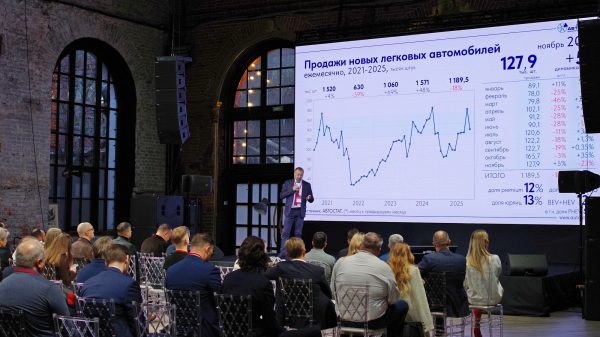





















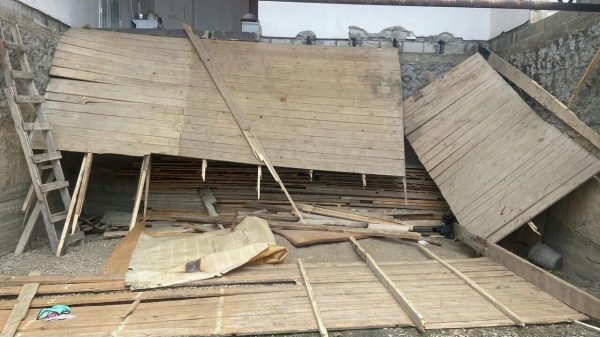
Свежие комментарии